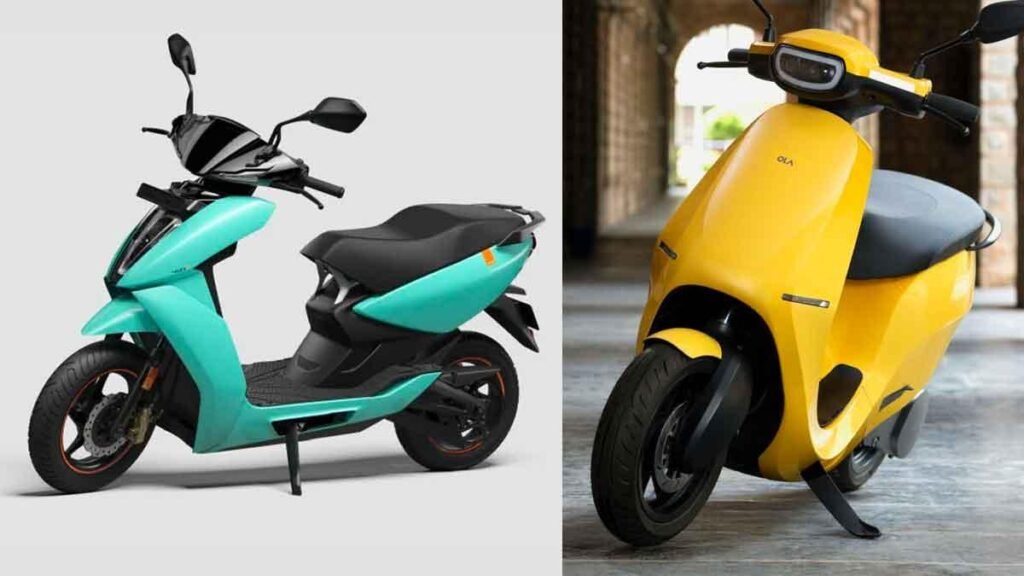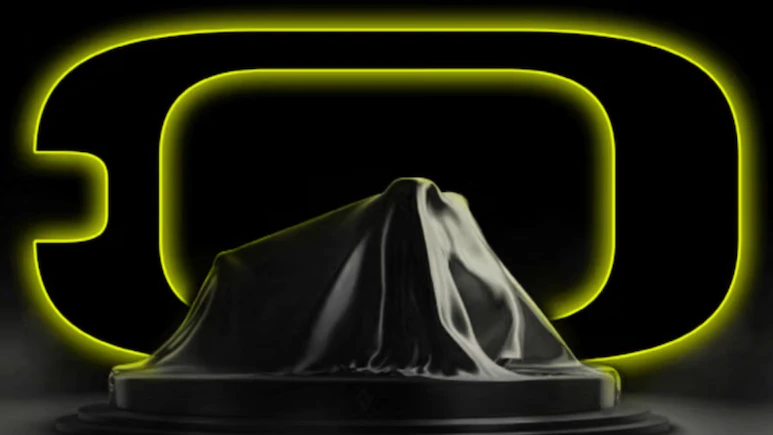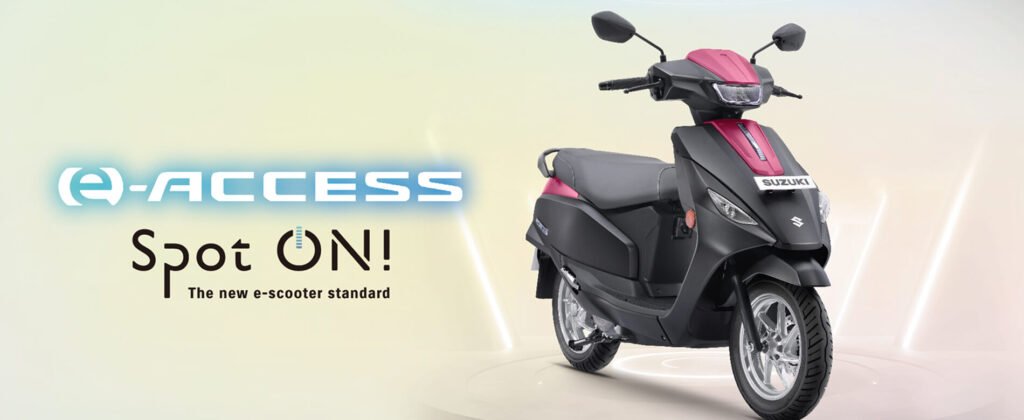India’s electric two-wheeler (E2W) market is revving at full throttle, with sales crossing 700,000 units in the first seven months of 2025 alone—a 21% year-on-year surge. Yet, amid this boom, the battle between Bengaluru’s EV darlings, Ather Energy and Ola Electric, has tilted dramatically. Once the undisputed volume king with over 917,000 units sold by June 2025, Ola is hemorrhaging market share, plagued by quality woes, production glitches, and fierce competition. Enter Ather: Steady, premium, and surging. With Ola’s sales cratering 51% in the first seven months of 2025, can Ather finally dethrone the giant and claim E2W supremacy?
Ola Electric’s meteoric rise—clocking 917,886 units by end-June 2025 and becoming India’s first EV OEM to breach 900,000 sales—feels like ancient history. The Anand Mahindra-backed upstart, which disrupted the segment with aggressive pricing and a sprawling network, is now grappling with a perfect storm. Retail sales in the first seven months of 2025 plummeted to 133,168 units, a brutal 51% drop from 270,347 units in the same period last year. By February 2025, volumes had nosedived 74.5% year-on-year to just 8,647 units, and the first half of the year saw only 107,038 scooters sold—a 53.2% slump.
Mid-September 2025 data paints an even grimmer picture: Ola limped to 4,679 units, slumping to fifth place behind TVS, Bajaj, Ather, and Hero. August brought a meager 31% year-on-year decline, though a 6.3% month-on-month uptick nudged its market share to 18.19%—still a far cry from its peak dominance. Ola’s stock, listed in August 2024, has shed nearly 29% in 2025, reflecting investor fatigue.
The culprits? Persistent quality defects, delayed deliveries, and service nightmares have eroded trust. Reports of faulty scooters rolling off assembly lines have fueled customer backlash, while intensified rivalry from legacy players like Bajaj and TVS—now leading monthly charts—has chipped away at Ola’s volume edge. Even as Ola pushes innovations like the 4680 Bharat cell and rare-earth-free motors unveiled at its August 2025 Sankalp event, the damage is done: From topping sales in January 2025, Ola hasn’t reclaimed the crown since.
Ather’s Quiet Ascent: Premium Polish in a Price War
Contrast Ola’s chaos with Ather’s calculated climb. The Tarun Mehta-led firm, known for its tech-forward scooters, posted a robust 20% year-on-year growth in FY2025, retailing 130,945 units for an 11.39% market share—edging closer to the leaders. In the first half of 2025, Ather’s volumes soared 75.7%, a stark counterpoint to Ola’s freefall. Mid-September figures show 6,851 units sold, securing a steady top-three spot, buoyed by the family-friendly Rizta model’s buzz.
Ather’s playbook? Unwavering focus on build quality, seamless software (AtherStack 6), and a premium user experience. Models like the 450X Gen 3 and Rizta offer refined engineering—think MagicTwist regen braking, FallSafe, and Google Maps integration—without the gimmicks. Priced higher (Rs 1.55 lakh for 450X vs Ola S1 Pro’s Rs 1.44 lakh), Ather commands loyalty through superior after-sales and fewer breakdowns. Revenue grew 28.32% to Rs 1,578.9 crore in 9M FY25, with adjusted gross margins hitting 20.4%—now neck-and-neck with Ola’s despite lower volumes (Ola outsold Ather 3:1 in the same period).
Expansion is key: Ather’s upcoming IPO (filed for Rs 3,100 crore) will fuel motorcycle forays and charging infra, while partnerships like Infineon’s semiconductors in May 2025 sharpen efficiency. In a market where E2W penetration hit 8.7% in March 2025, Ather’s 11.39% slice positions it as the reliable challenger.
Head-to-Head: Scooters, Strategies, and the Scorecard
| Aspect | Ather Energy | Ola Electric |
|---|---|---|
| Flagship Model | 450X (126 km range, 90 kmph top speed) | S1 Pro (176 km range, 120 kmph top speed) |
| Key Features | AtherStack 6 OS, traction modes, premium build | MoveOS 4, cruise control, party mode, affordability |
| Pricing | Rs 1.55 lakh (ex-showroom) | Rs 1.44 lakh (ex-showroom) |
| Sales H1 2025 | Up 75.7% YoY | Down 53.2% YoY |
| Market Share (FY25) | 11.39% | ~25-30% (declining) |
| Strengths | Reliability, software ecosystem | Volume scale, aggressive pricing |
| Weaknesses | Higher cost, slower expansion | Quality issues, service delays |
Ola edges on raw specs and value—its S1 Pro’s longer range and voice commands appeal to budget-conscious urbanites. But Ather wins on intangibles: Superior ride quality on potholed roads and a “no-drama” ownership experience. As one forum user put it, “Ather for balance and harsh roads; Ola for smooth sails.” Financially, Ola’s FY24 revenue dwarfed Ather’s at Rs 5,009 crore, but Ather’s faster growth and EBITDA positivity signal sustainability.
Absolutely—Ather is primed to pounce. Ola’s self-inflicted wounds have ceded ground in a market projected to hit Rs 29,655 crore by 2034 at 33.25% CAGR. With TVS and Bajaj nipping at heels (topping September charts), Ola’s 80% top-four dominance is fracturing. Ather’s steady 75% growth, IPO war chest, and premium positioning could flip the 3:1 sales ratio by 2026, especially as subsidies wane and buyers prioritize quality over quantity.



